Whether you’ve recently acquired the Google Ad Grant (woohoo!) or you’re in the process of doing so (almost woohoo!), you’re most likely wondering how much additional traffic those future search ads will drive to your site. Acquiring the Google Grant and managing it is no small investment of time and expertise. Undoubtedly, you want to ensure that your investment is producing results, and that many more people are engaging with your organization.
Luckily, with the help of an awesome Google Ad Grant Certified agency, like Nonprofit Megaphone (just sayin’), and several beautifully optimized pieces of content on your website, the Google Ad Grant will win your organization significant conversions and additional traffic. But what exactly does exceptional content look like? And how does it work with the Ad Grant? Well I’m glad you asked. Let’s take a look at the anatomy of a well-designed, beautifully-optimized, and easily promotable piece of content. Whether you’re sprucing up existing content or developing something from scratch, this guide to producing content that converts with the Ad Grant cuts through the clutter with practical steps that you can do right now.
If you’re short on time, or just attention span, here are 7 steps for creating exceptional content. We’ll talk about each point in more detail below.
- Step 1: Identify one (and only one) problem that your piece of content will solve.
- Step 2: Identify long-tail (>4 words) keywords for that query.
- Step 3: Write your piece of content. Aim for 1,000-2,000 words. Include your long-tail keyword 2-4 times in the article, including (and most importantly), in the title tag and headline.
- Step 4: Use a variety of multimedia. Videos, photographs, charts, tables, diagrams, and more! Exceptional content dazzles the eye on first-glance, and offers engaging interludes on an otherwise boring page of text.
- Step 5: Include outbound links (but sparingly).
- Step 6: Add internal links to other pieces of content on your website.
- Step 7: Be social! Don’t forget to add social media icons to the bottom of your post so that users can easily share your content with their networks.
Ok, let’s dive in.
Step 1. Identify one (and only one) problem that your piece of content will solve.
It’s tempting to try to answer every important query that is important to your subscribers, donors, and advocates. There are a lot of problems in the world! And your organization is doing great work to make a big impact. But Google rewards robust content that is laser-focused and fulfills a demonstrated (searched-for) need. Your topic should be self-contained and clearly defined. Like broad keywords, a broad topic is a great place to start but when you’re ready to put pen to paper on a blog post, or a landing page, or a success page, you need a narrowly-defined topic that solves for only one problem.
Step 2. Identify long-tail keywords for that query.
So how exactly does Google determine the quality of a page? Well, to be completely honest, unless you’re part of the coolest of cool kid clubs at Google, no one really knows the exact formula that the search engine uses to rank content. But don’t be fooled, cool is overrated and expensive. Your friendly neighborhood nerds here at NPM know a thing or two about what the search giant is looking for. Google values exceptional content that solves for highly-searched-for long-tail keywords. Long-tail keywords have at least four words. So, for instance, if I were writing a blog article about “recycling,” I wouldn’t want to stop there as my primary keyword. I would narrow my topic into a bite-sized, self-contained long-tail keyword such as “how to recycle cans in California.” This keyword has not only narrowed my audience (my fellow beach-going residents) but it has also narrowed the scope of what I’m solving for: recycling cans.
If you’re looking for a great resource to get you started on long-tail keyword research, we recommend https://answerthepublic.com/. This site is a free tool (with an advanced paid option) that generates oodles of highly searched-for long-tail keywords that are closely related to your original keyword search. It’s a great place to start when you’re both brainstorming content topics and narrowing your keywords.
Step 3. Write your piece of content…do it!
Ok, so now you have a narrow topic that answers one question and you’ve identified a primary long-tail keyword (and ideally a few more shorter iterations) that will drive the whole train. Now what? Now, my friends, you write like the wind. Here are a few general considerations to keep in mind when you are writing. The rest of the steps in this article will touch on critical components of exceptional pieces of content.
- For blog posts and news stories, aim for longer content between 1,000-2,000 words. Long content is a two-fer because it rates consistently higher in organic search than short pieces of text, and it provides tons of opportunities for tightly targeted Google Ad Grant ad groups. (Pro tip: If your website has distinct sections for different kinds of content marketing (e.g., blogs, white papers, and case studies), we recommend designating these types of content by word count as well. For instance, “hero” blog pieces (2,000 wds) would be a centerpiece of a fundraising campaign or initiative launch, while evergreen news stories or staff/volunteer highlights would remain closer to 1,000 words. This tiering of long-form content is important for developing a long-term content strategy as well. Your goal should be to publish 1 hero piece for every 10 evergreen stories.)
- Include your exact long-tail keyword 2-4 times throughout your article. Most importantly, include it in your title tag (i.e., the “title” field to the post on the backend) and your headline (“H1” in WordPress.) After that, we suggest including it in at least one subheader (“H2”), and near the end of the body text. Any other shorter keywords can be sprinkled throughout the post as well.
Step 4. Use a variety of multimedia.
If you’ve stuck with me this long, you’re no doubt ready for a text break. You’re not alone, Google agrees. Any exceptional piece of content includes media breaks from an otherwise endless wall of text…no matter how useful and delightful it is. (Aww, thank you so much!)
Offer your reader a welcome interruption from regularly scheduled programming with videos, pictures, charts, graphs, audio clips, memes (!), anything that isn’t text-reliant. So while I could continue to write about how awesome Nonprofit Megaphone is as the leading Google Ad Grants Certified agency in the world, I’m going to let our amazing CEO Grant Hensel explain what exactly a Google Ad Grants Certified Professional is:
An exceptional piece of content captures a user’s attention visually as soon as they arrive on the page, and holds it until the end. You have to give them reasons to stay for the entire journey. (Pro tip: Even though Google Analytics won’t be able to track engagement with multimedia on a page, the NPM Analytics team will use Google Tag Manager to measure the impact of those well-placed media interludes.)
Step 5. Include outbound links (but sparingly).
Linking to other urls on similar topics will boost your organic search rating because it helps Google determine your page’s relevancy. However, you don’t want to give your user too many reasons or opportunities to leave your page. So when you do include an outbound link, make it count. You should reserve outbound links for pages that are seminal to the topic, or provide a valuable perspective that either strengthens your argument or provides a critical contrast. Also keep in mind that the quality of the external content matters to Google. Ideally, your outbound link drives to an equally exceptional piece of content and/or belongs to an authoritative domain with a high SERP (search engine results pages) rating. The higher the SERP score, the more valuable Google considers the domain to be. The highest SERP ratings belong to Google, Wikipedia, and other domains that the rest of the Internet links to.
Step 6. Add internal links to other pieces of content on your website.
On the other hand, internal links to other pieces of content on our website can be sprinkled liberally throughout. Internal links are a great way to seamlessly integrate specific success stories and other case studies from your organization into a bigger-picture context. With internal links, you are simultaneously rounding out your content with other original content while also establishing an additional user path to another page on your site. Internal links…they’re a beautiful thing.
Step 7. Call Readers to Action!
By the time that a user has reached the end of the page, you need to ensure that you’ve told them what to do with that information. Your call to action (CTA) should be clear from the start: do you want them to donate, volunteer, or attend an event? Provide a link, button or form to them to take the next step right away.
Don’t forget to add social media icons so that users can easily share your content with their networks. Social media sharing is an evergreen CTA because you always want your users to tell their network about whatever amazing thing your organization is doing. Make it as easy on them as possible with social icons that will add your content to their feed with one click. It’s also a great tactic to drive traffic to your social platforms. Social icons are a win-win situation.
So there you have it. The anatomy of a beautifully optimized piece of content that will help you climb the organic search rankings in Google and also give the amazing NPM Grant Management team lots of exceptional content for which to create lots of exceptional ads. Remember that the Google Ad Grant is like a buffet where the quantity, variety, quality, and freshness of a website’s content are critical attributes of its successful Ad Grant program. We advertise the awesomeness of what you already have. By working together, we can ensure that your investment in quality content returns real results, and that your subscriber group continues to grow in support of your organization’s mission.
.svg)


.svg)
.svg)
.svg)

.avif)

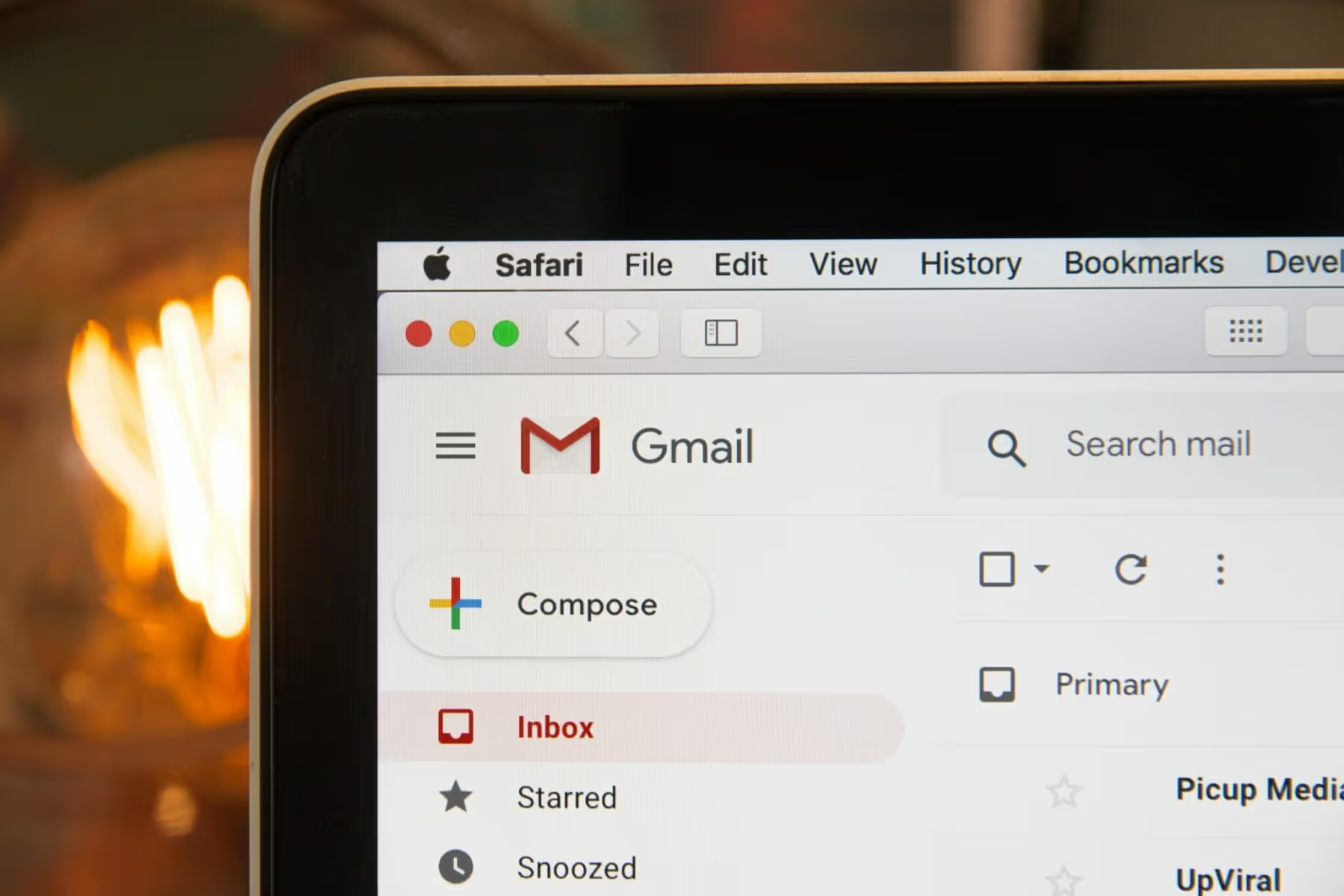







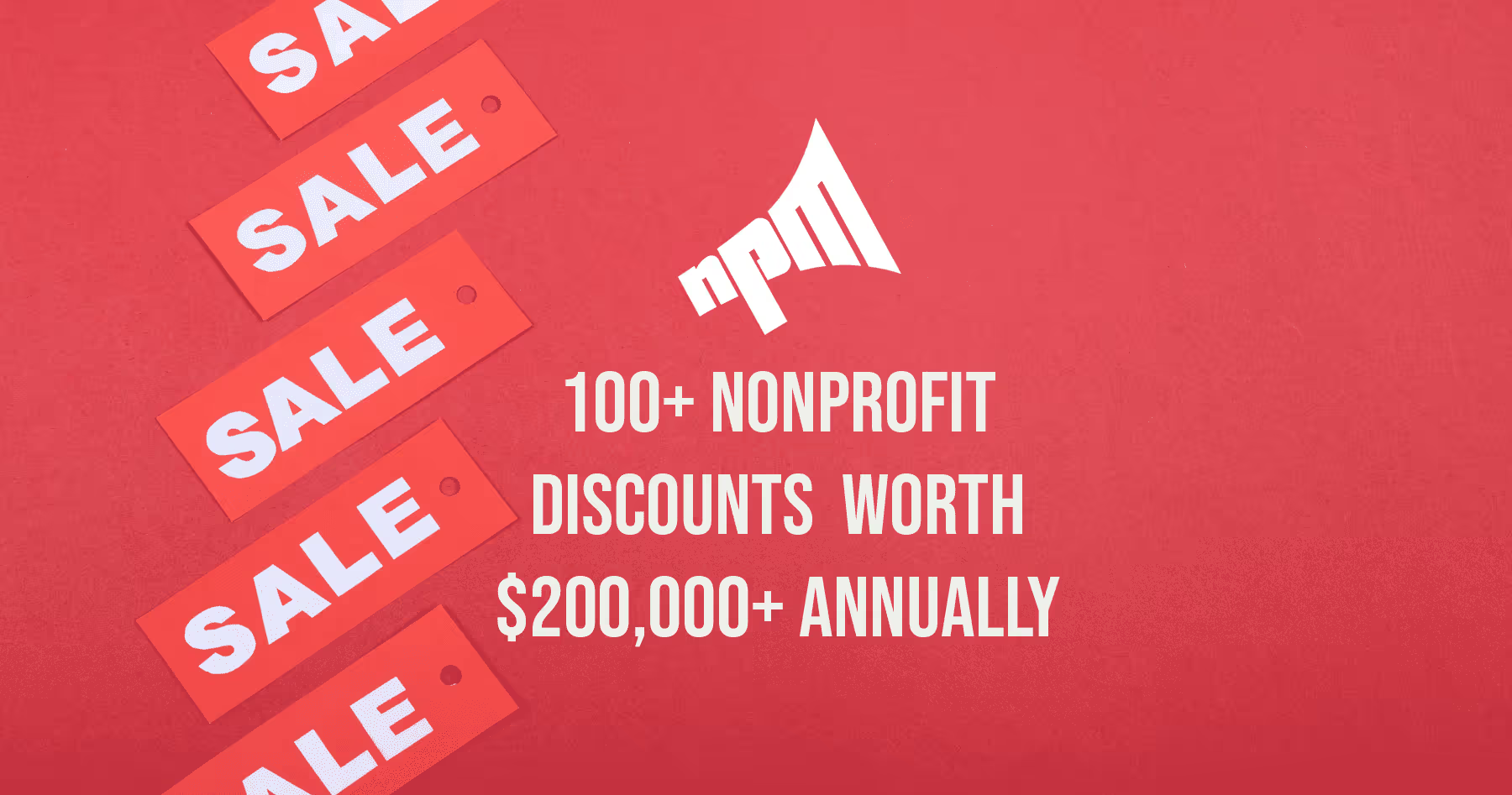

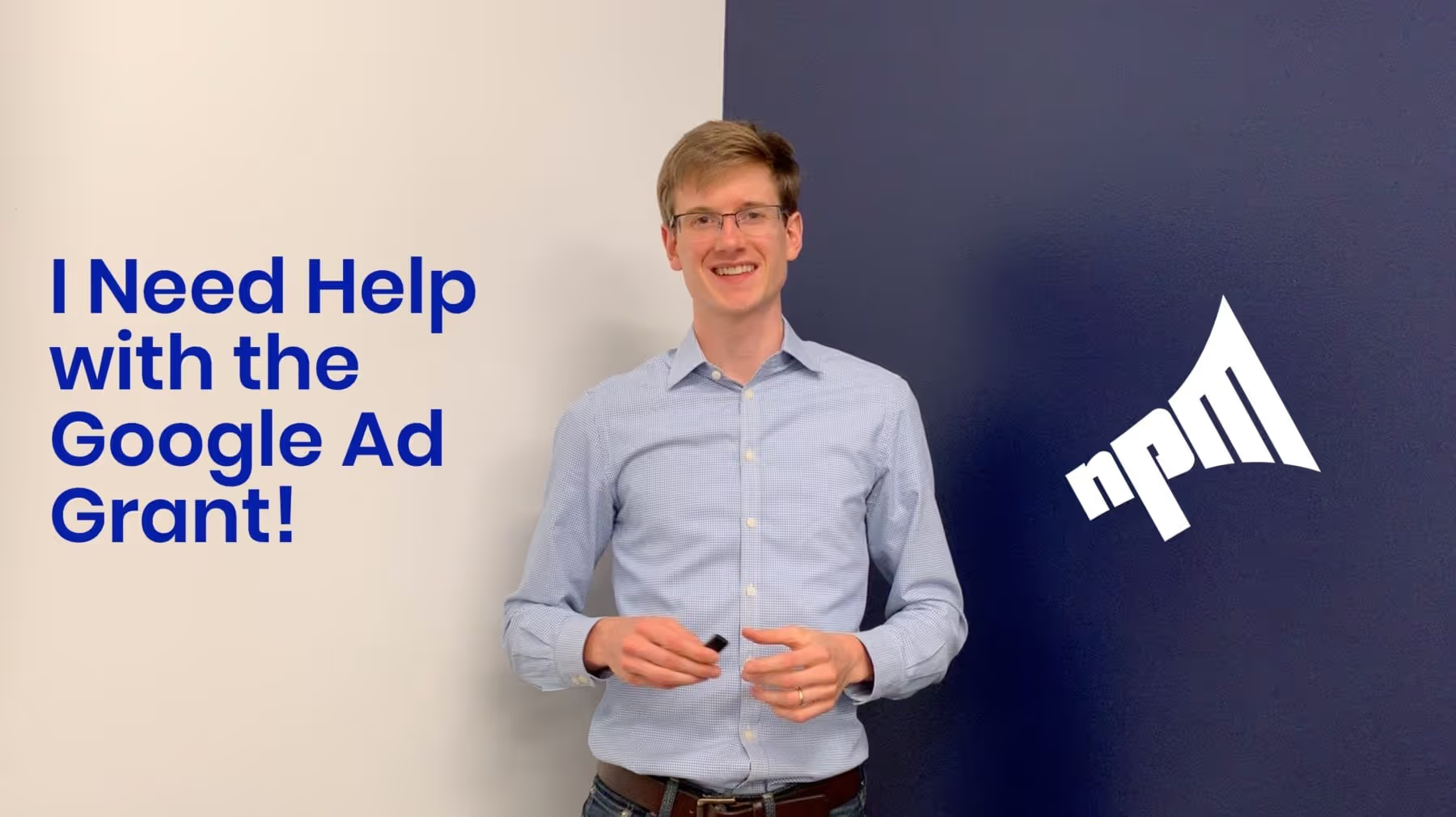
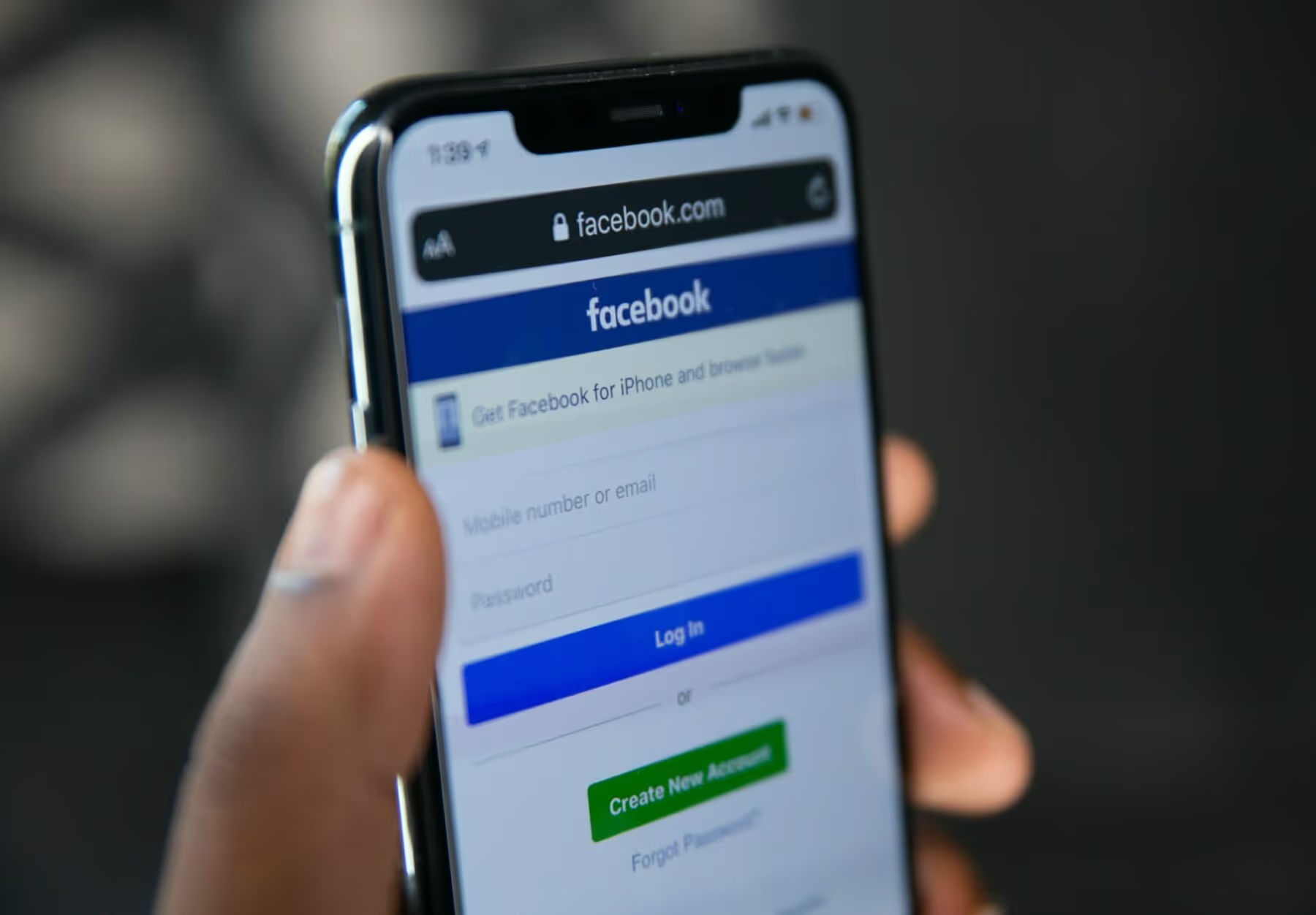

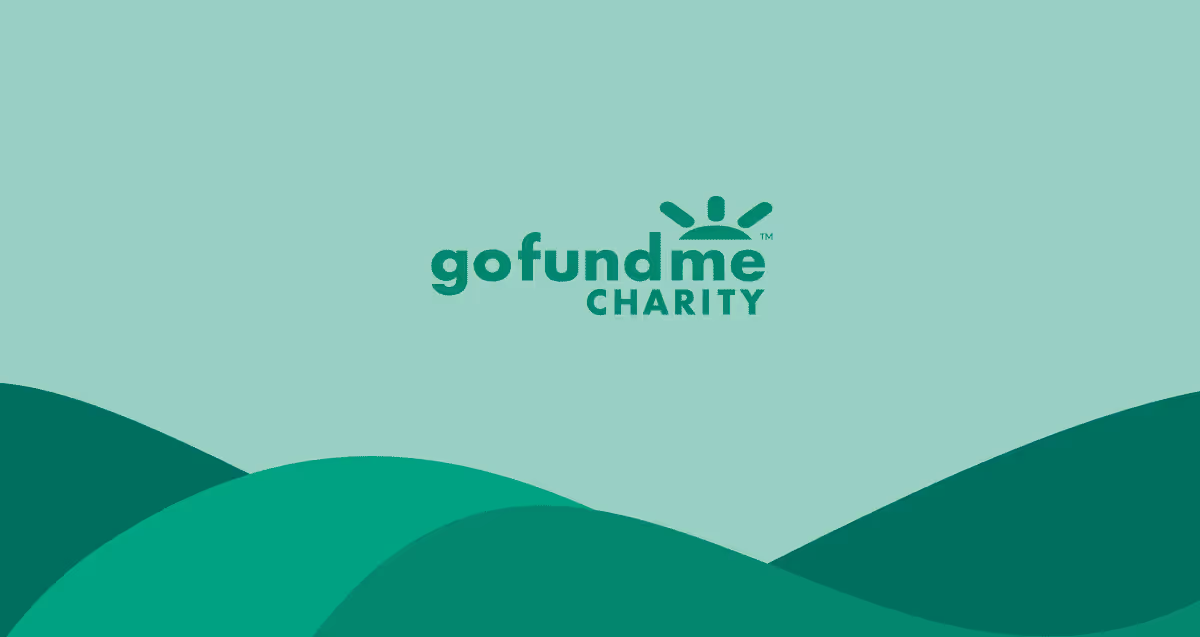

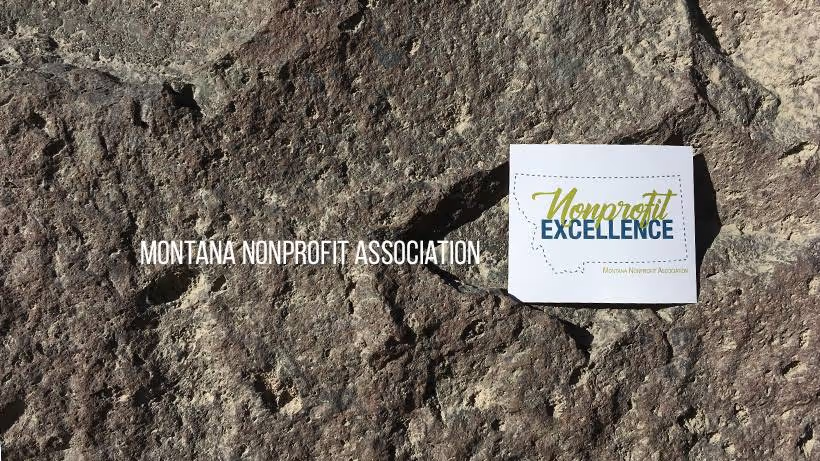


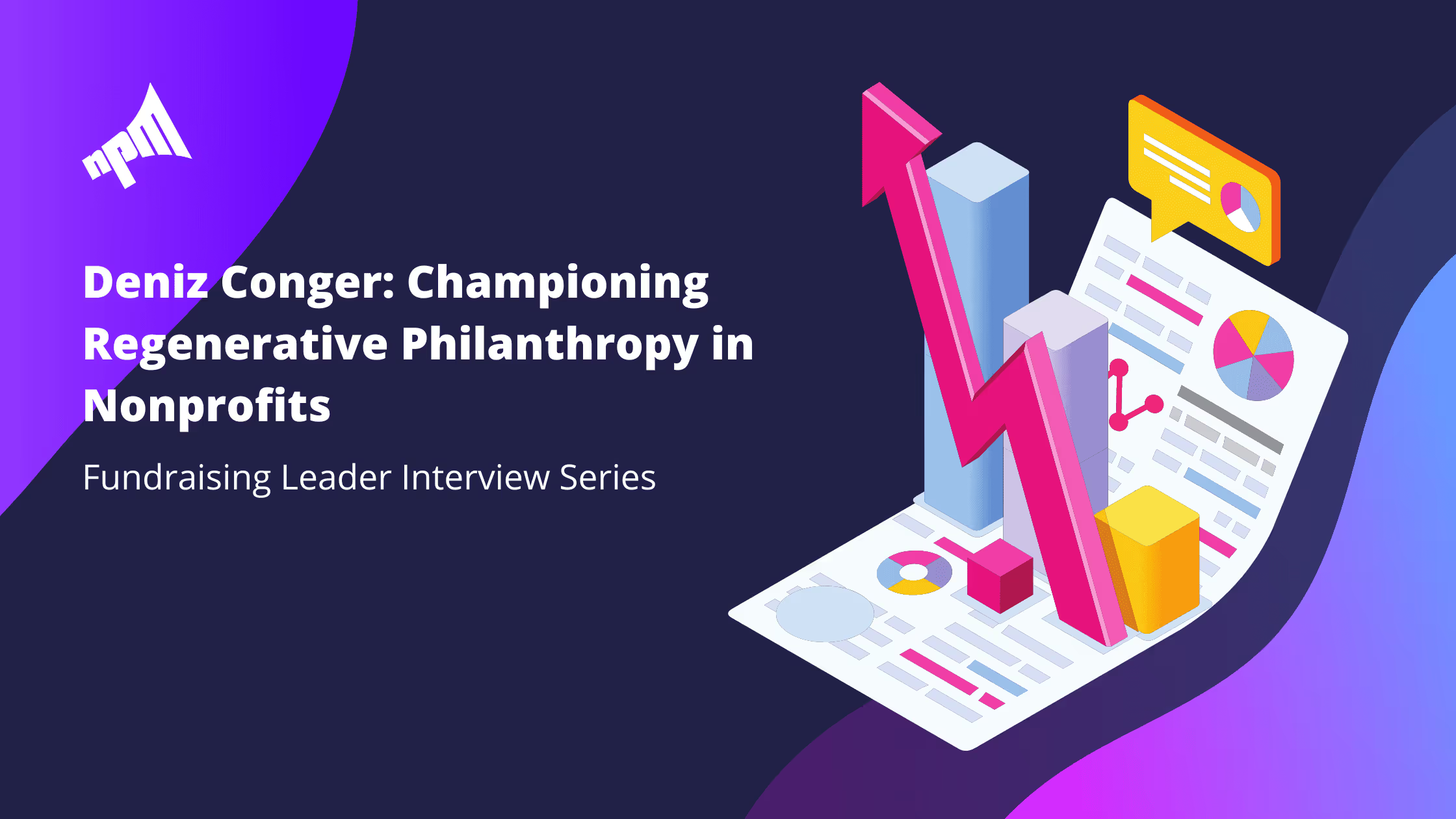





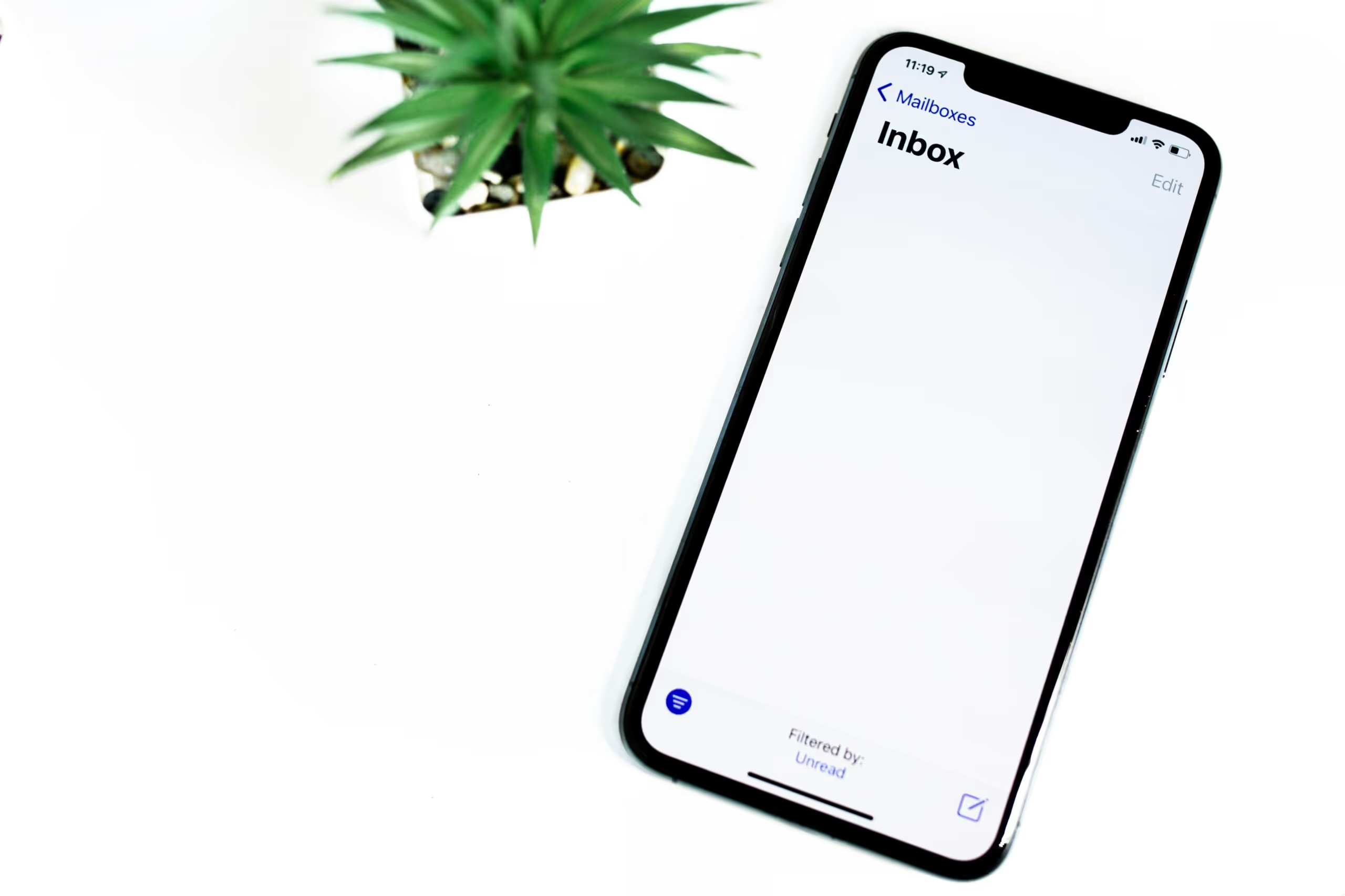






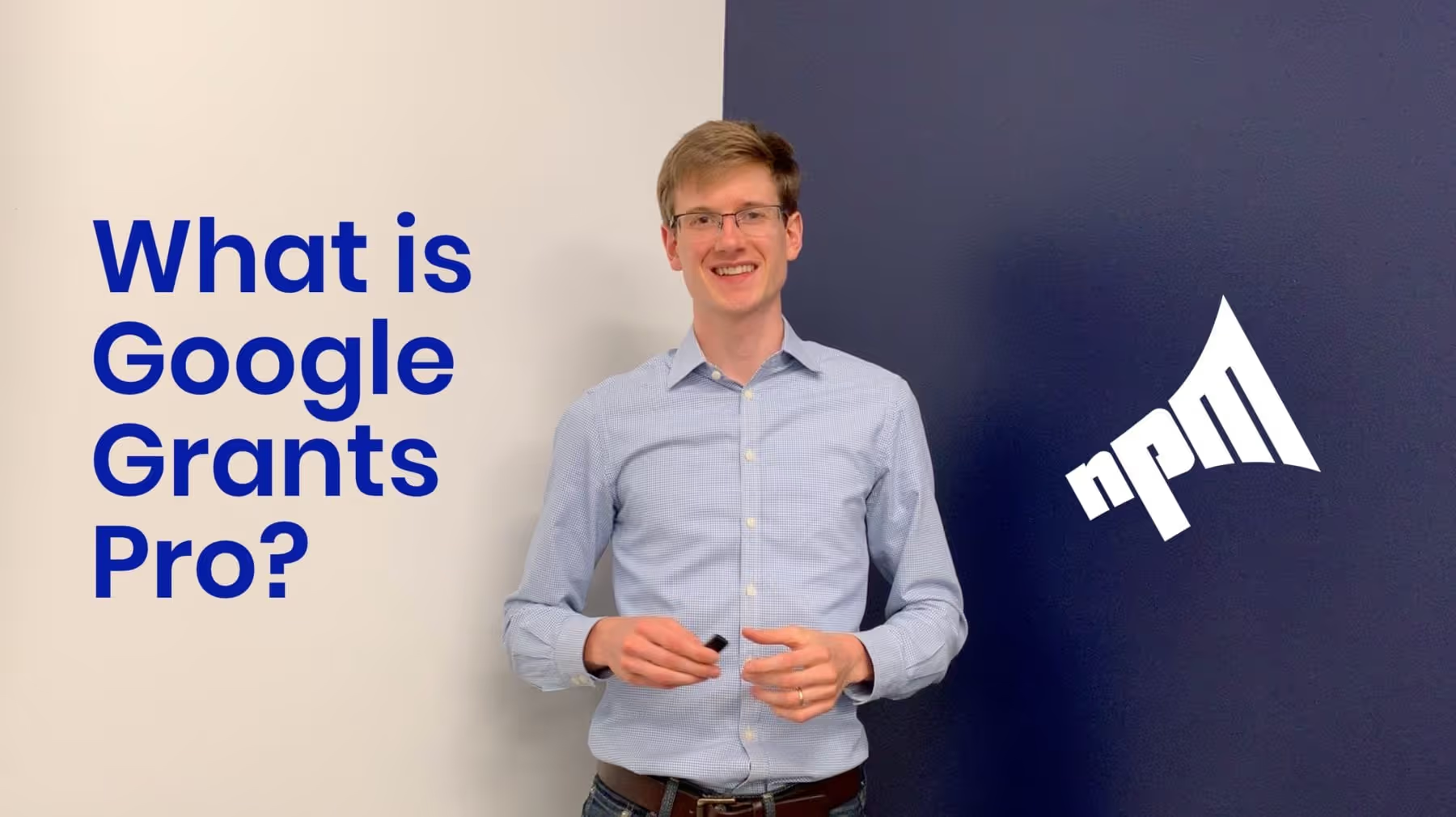
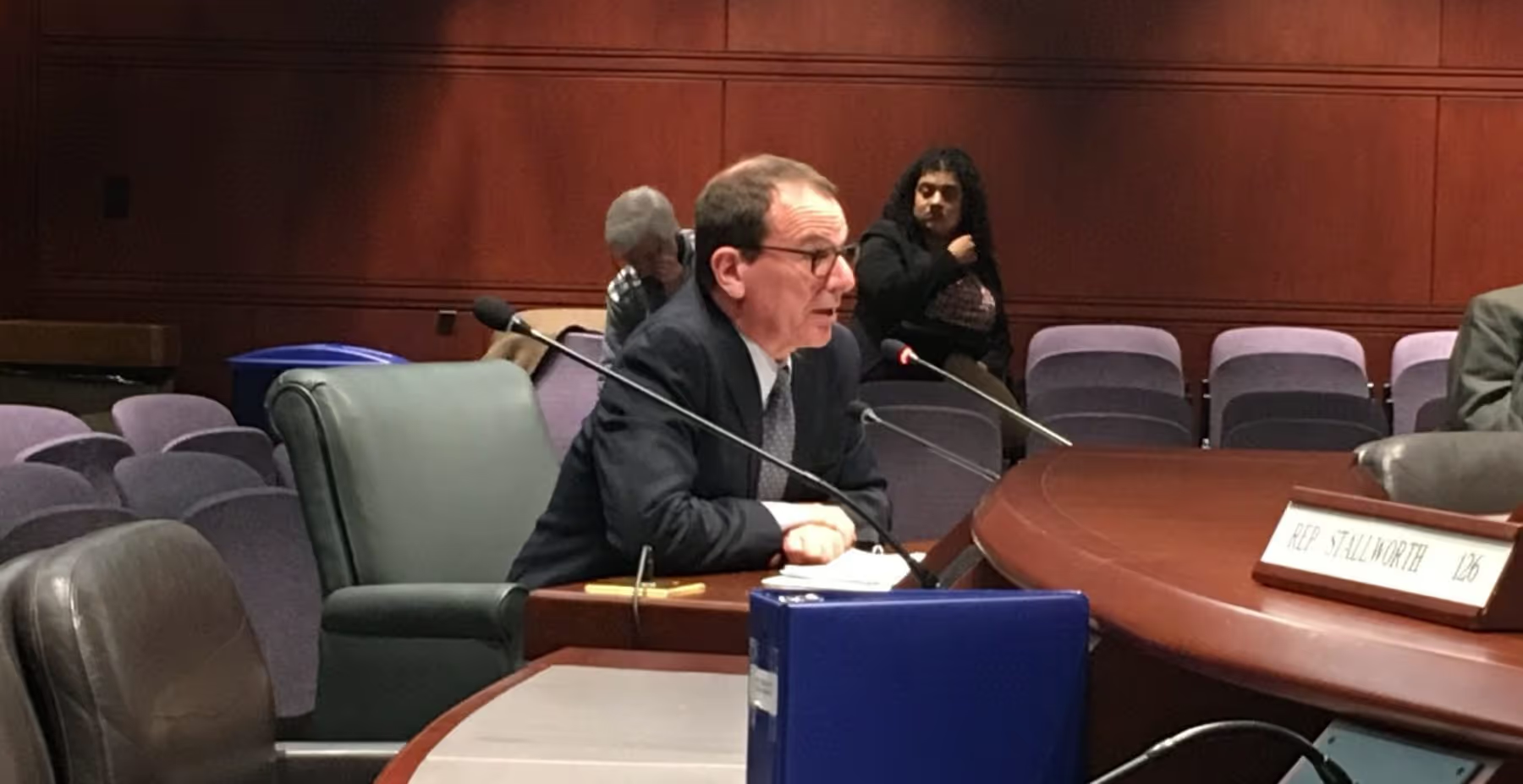
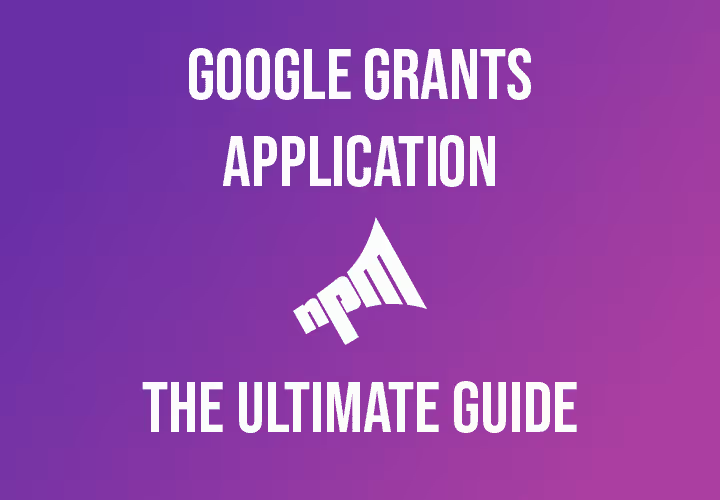










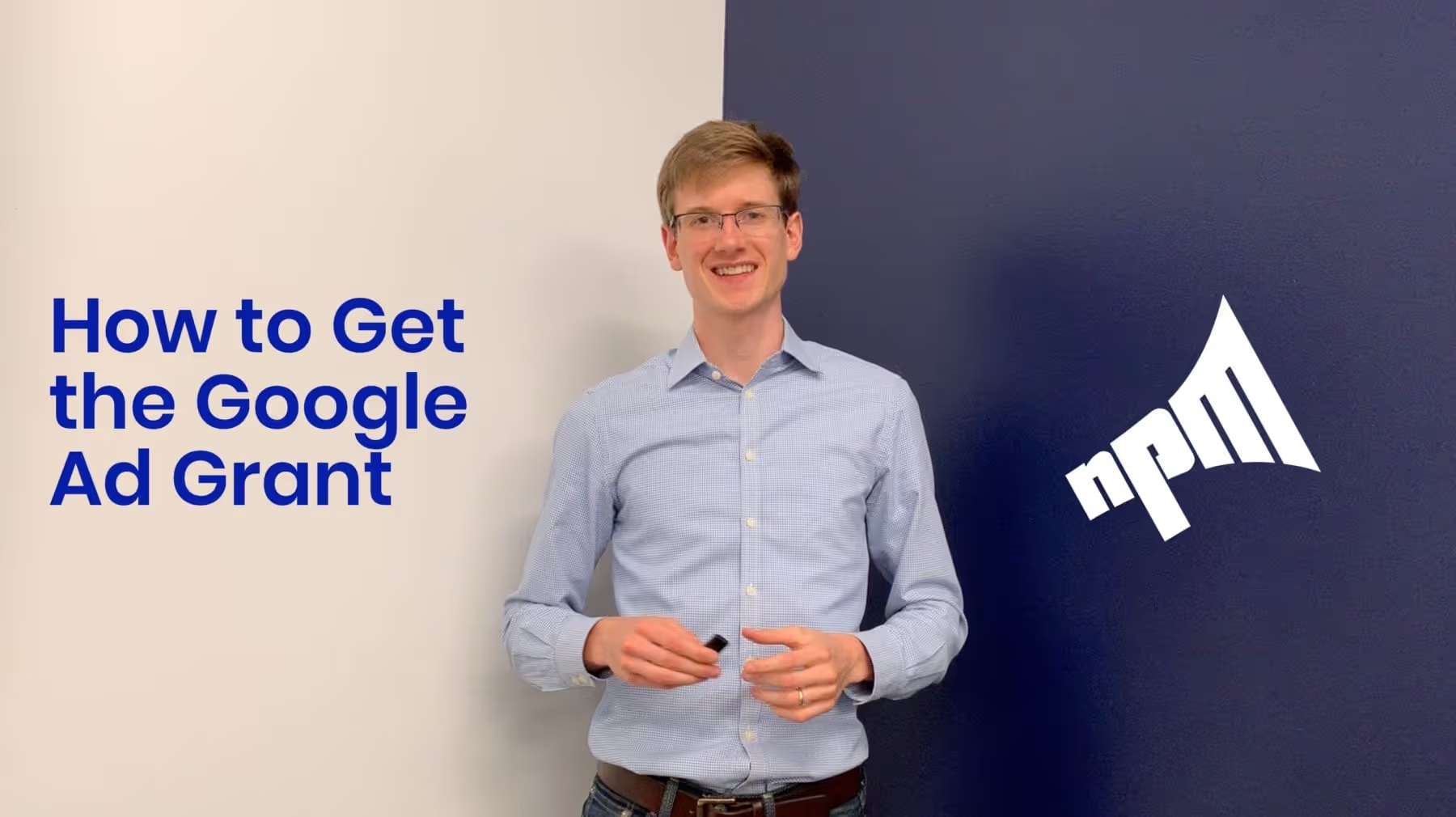

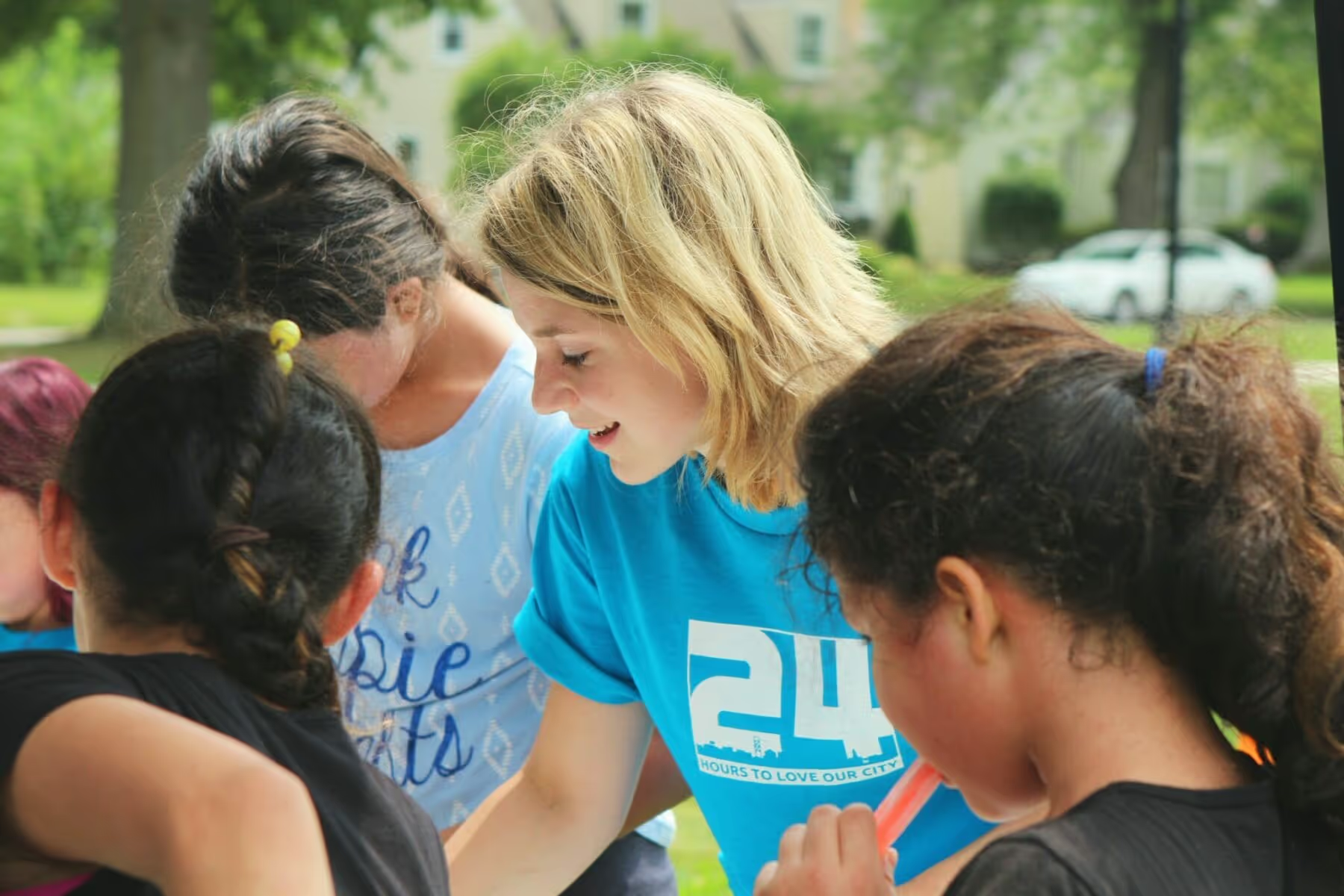
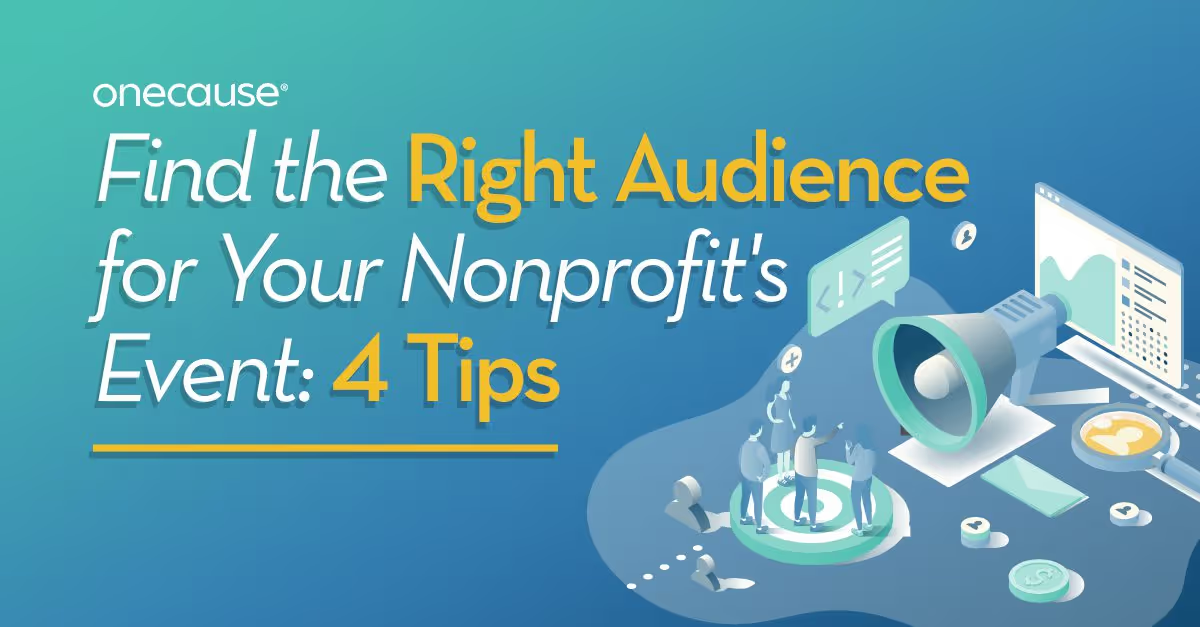



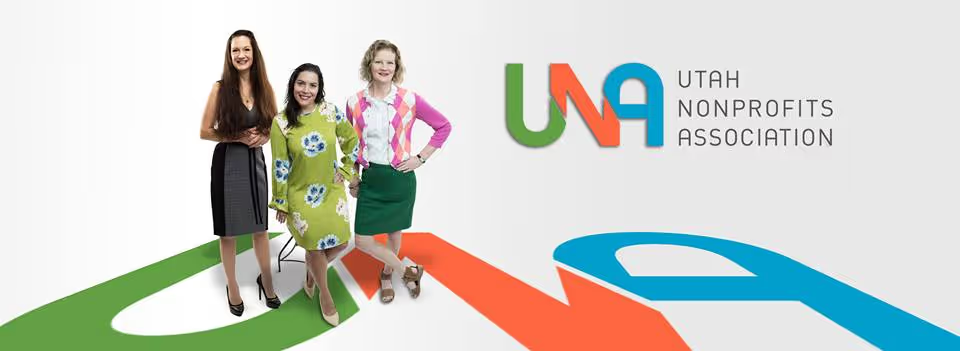
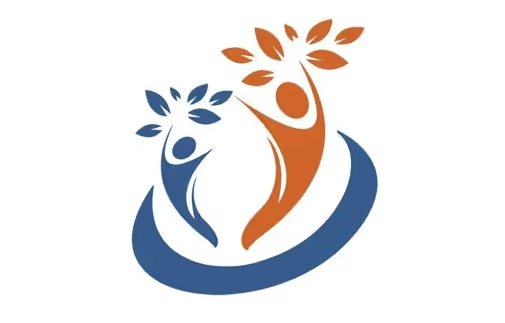

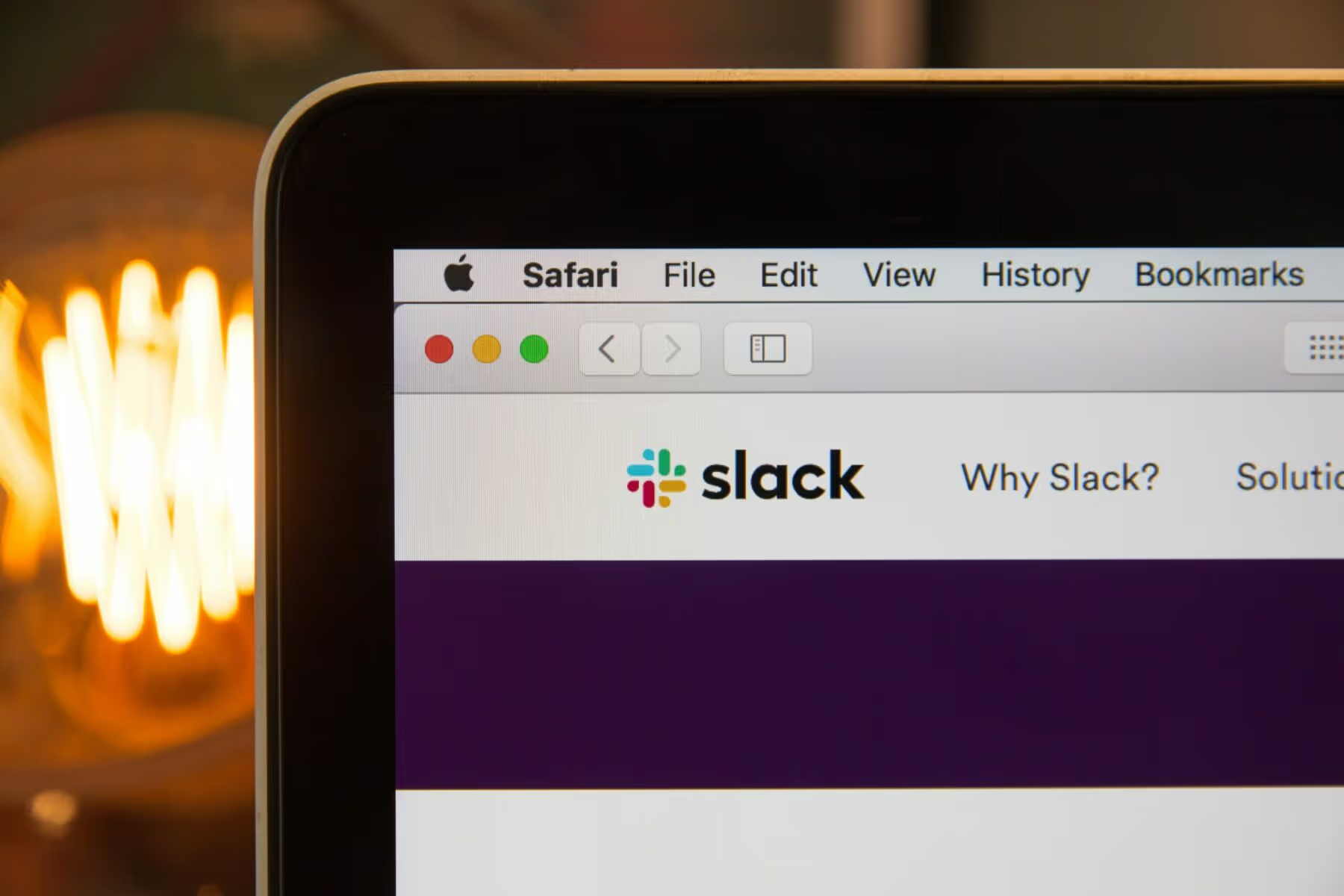

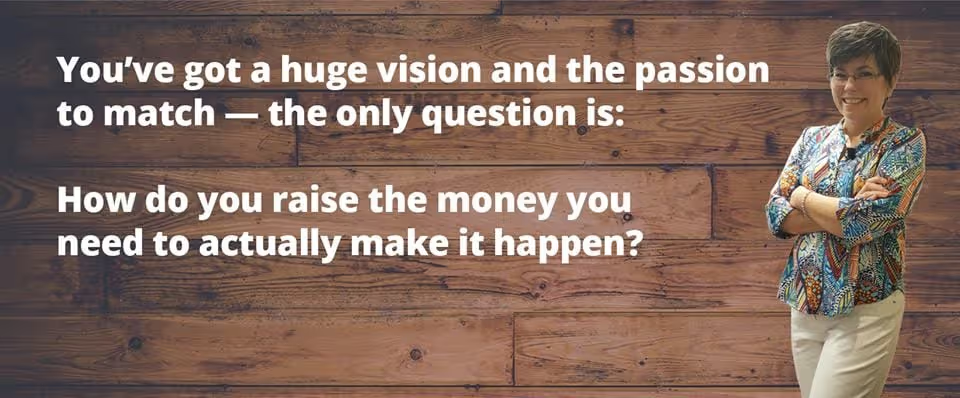
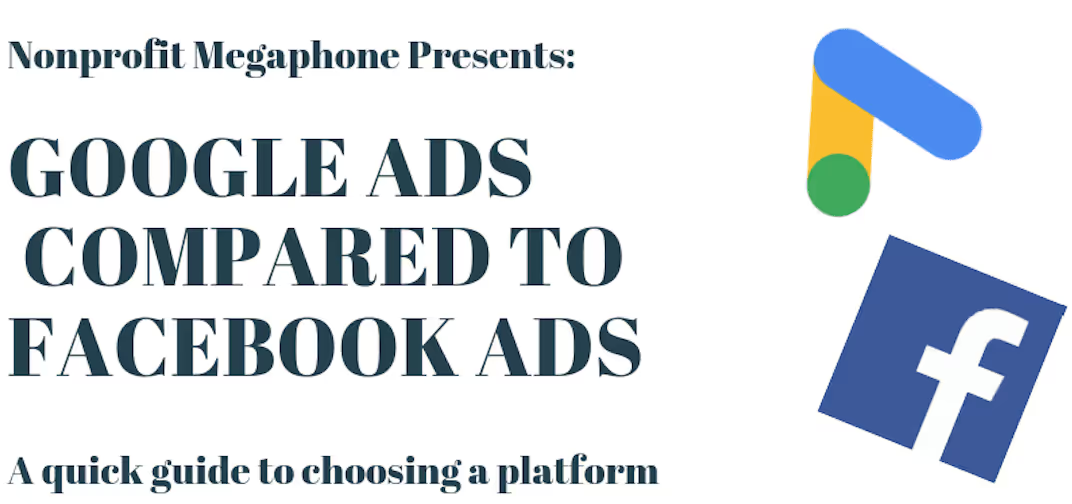






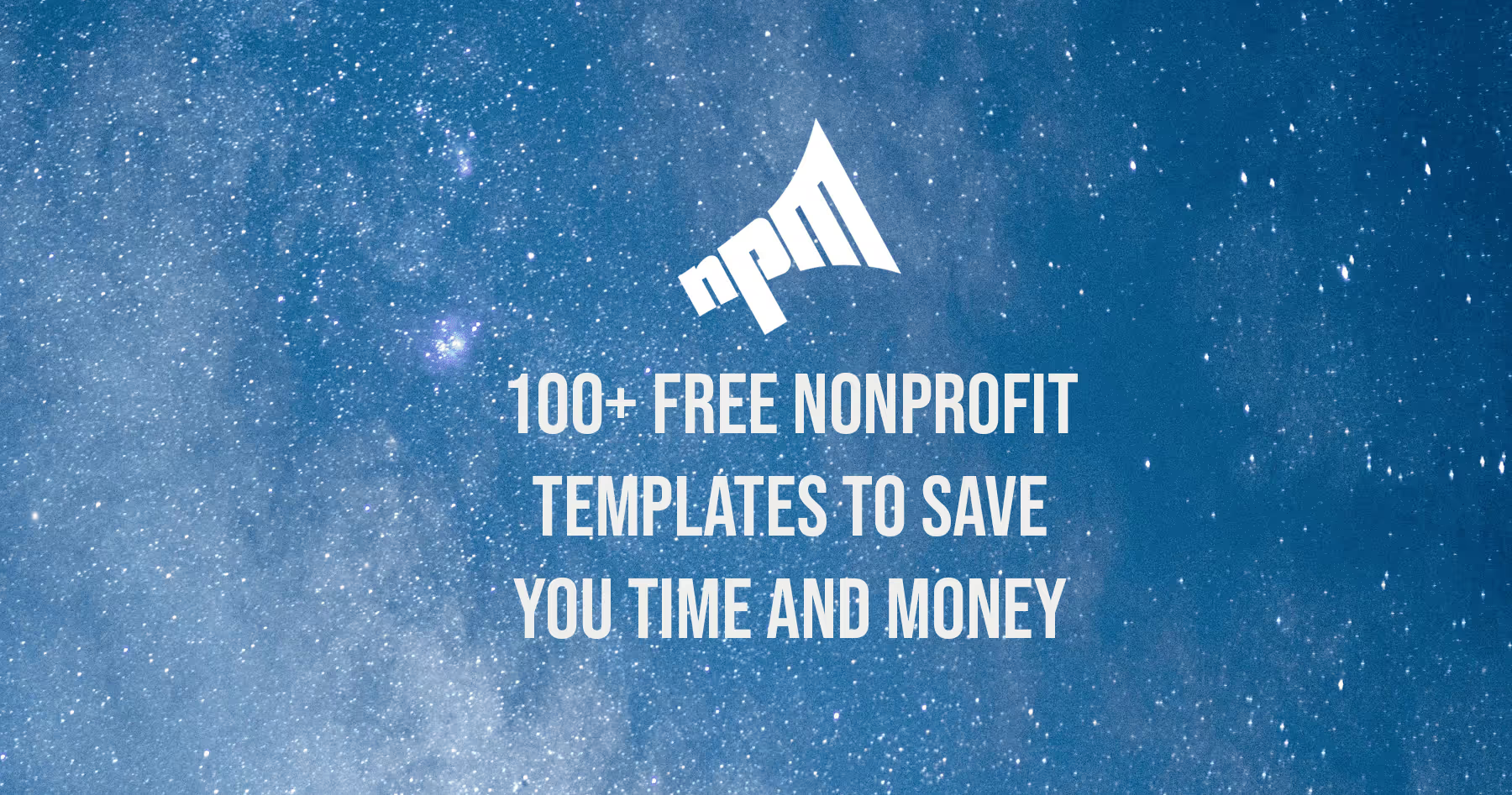

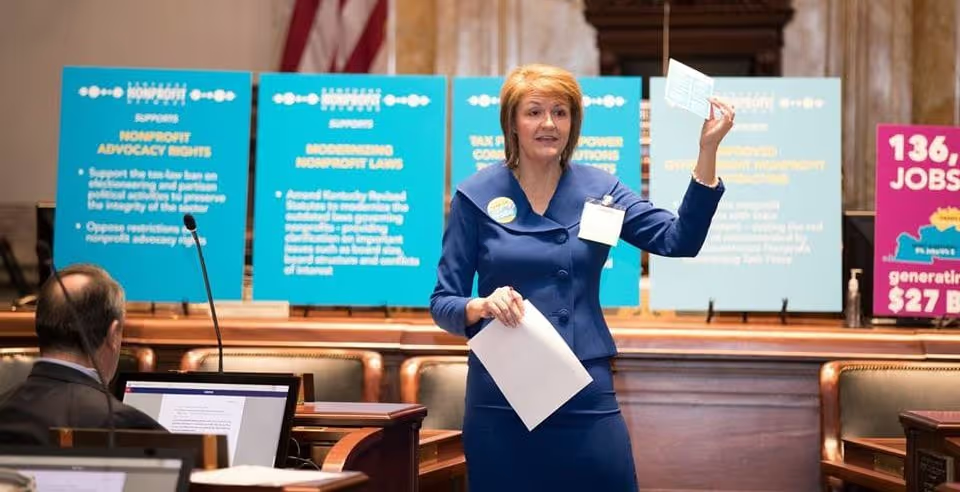

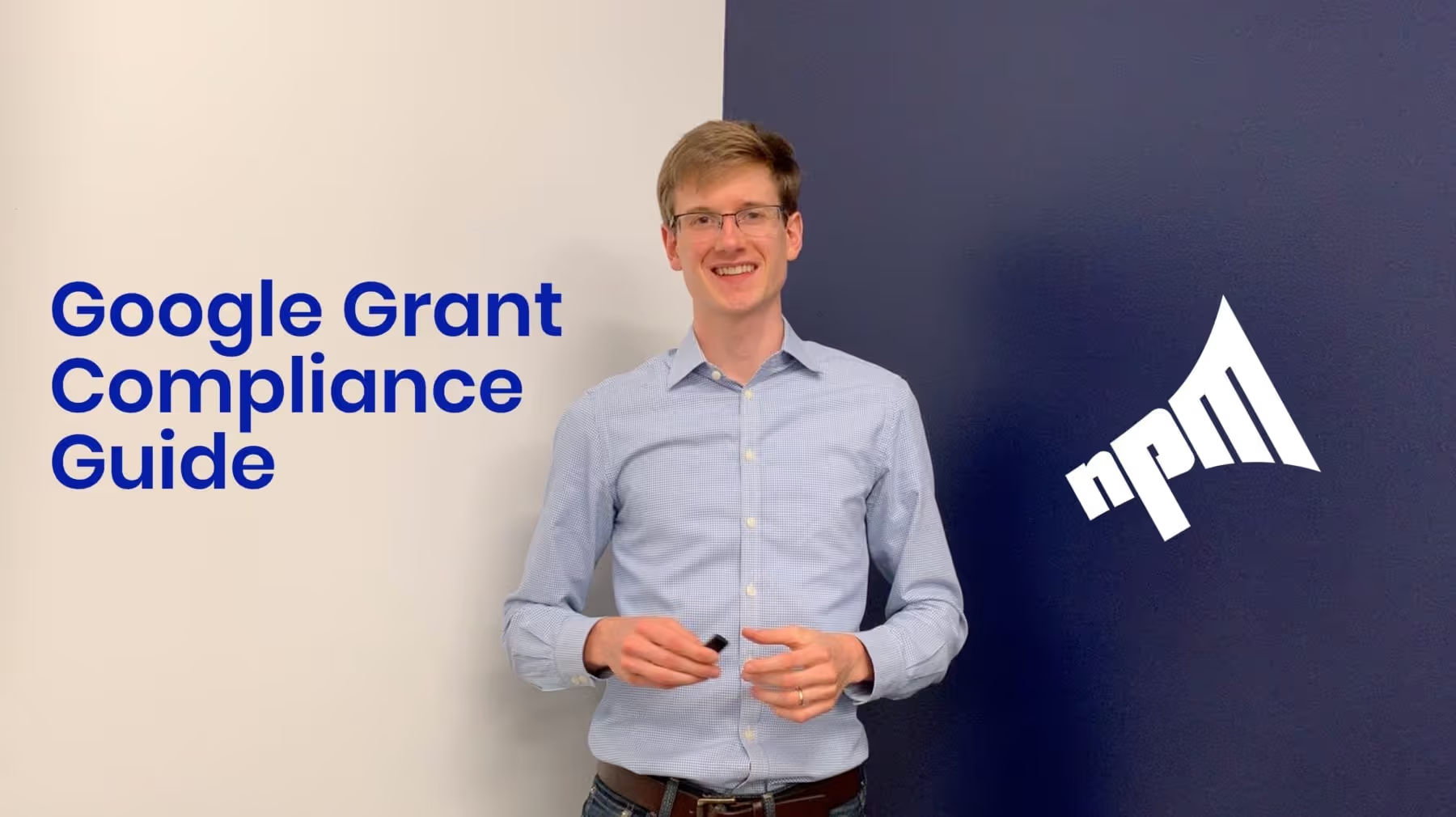





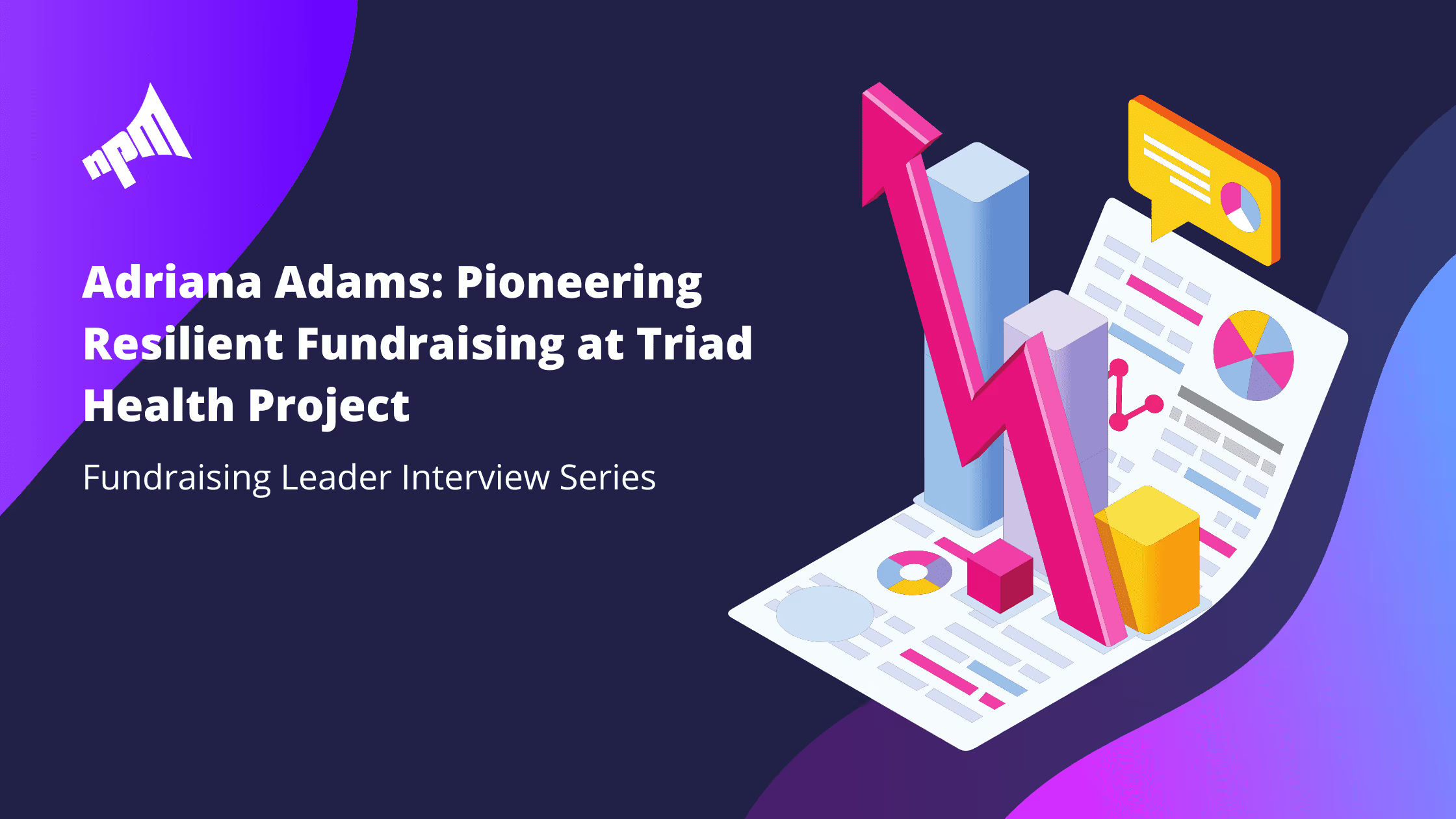

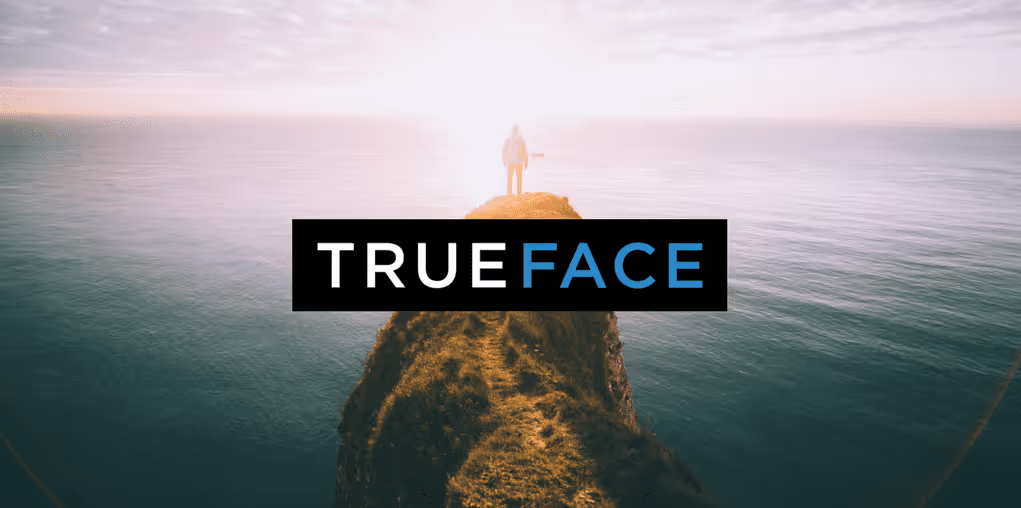





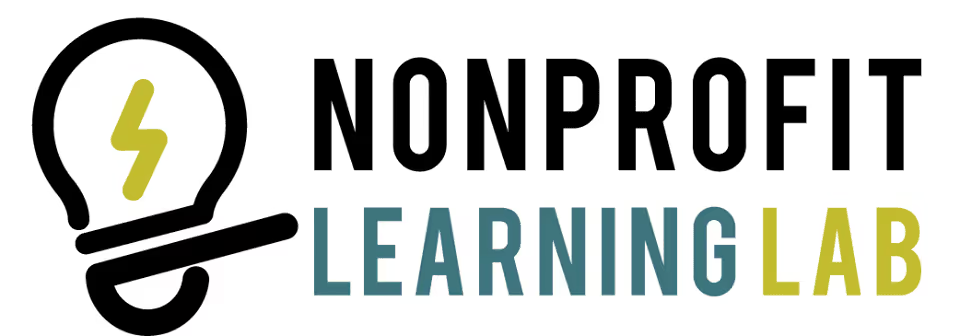

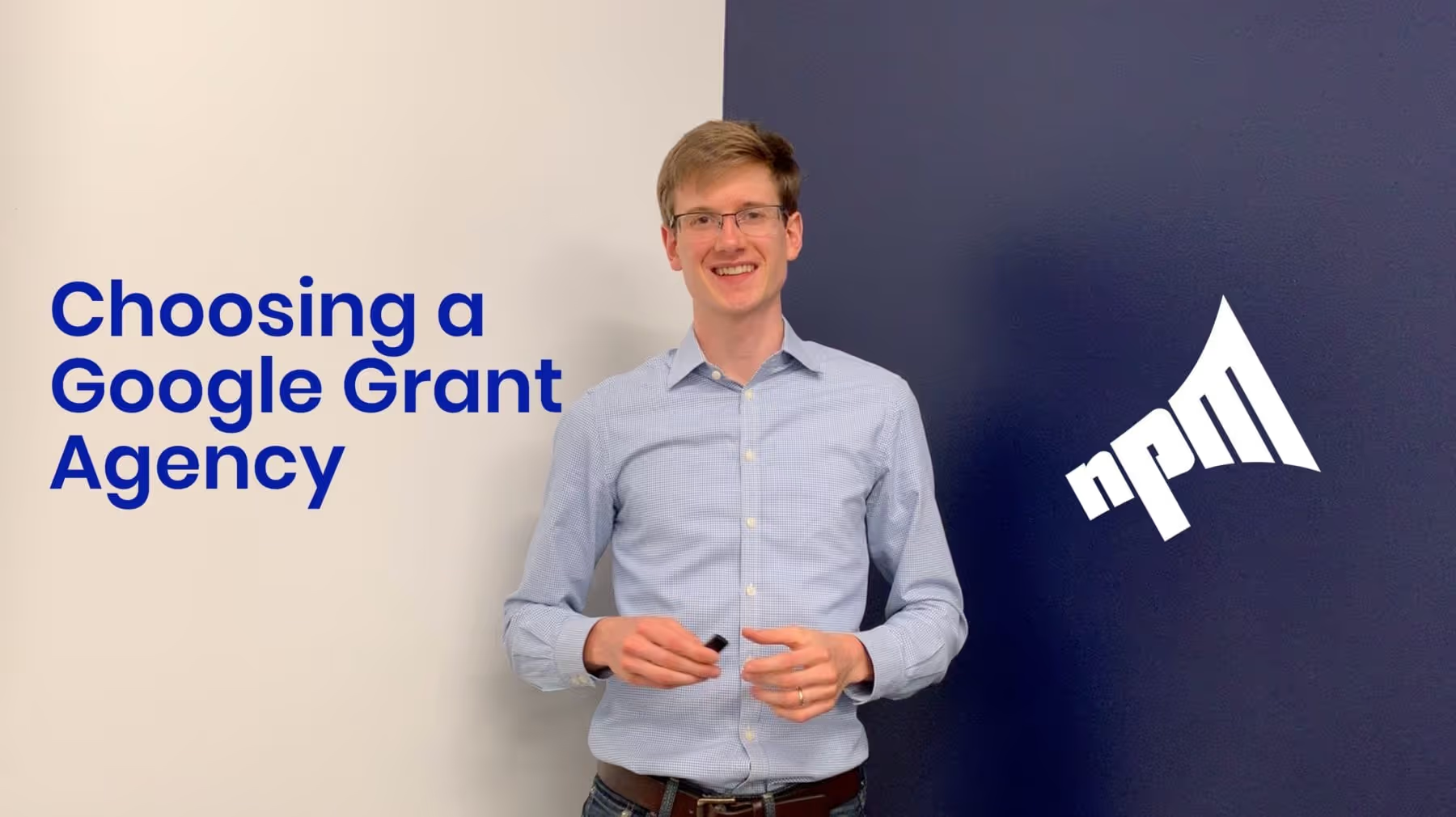



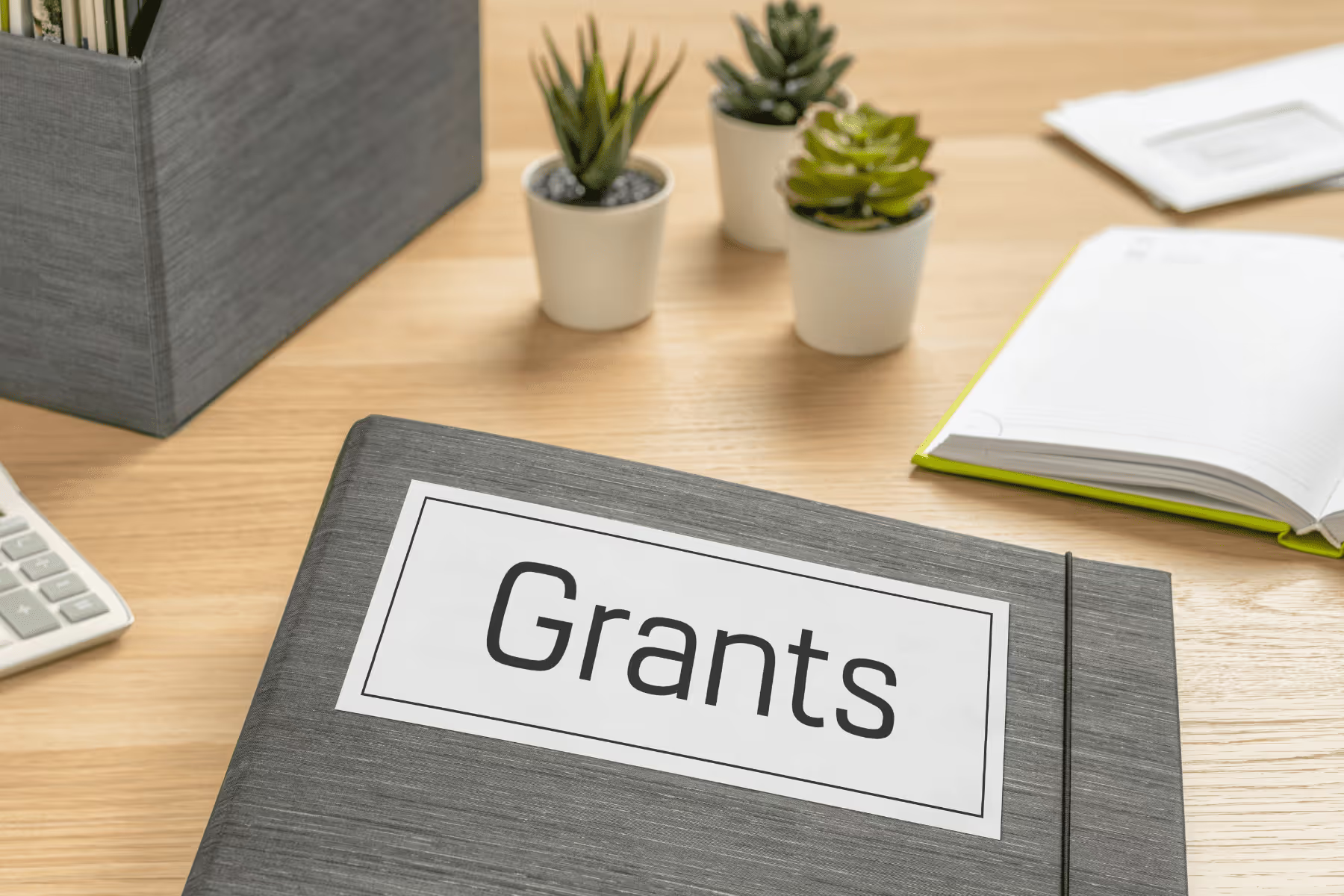

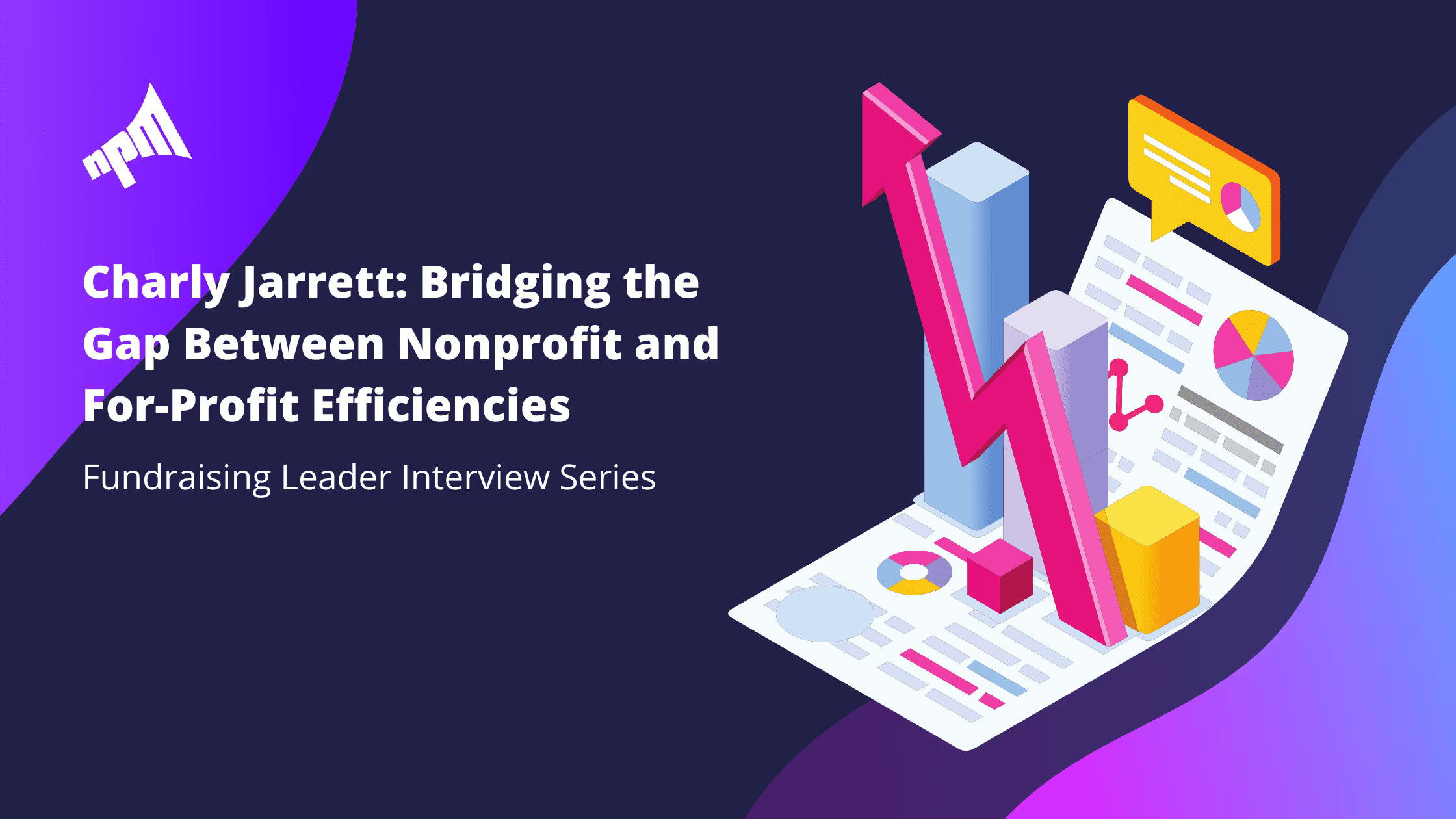
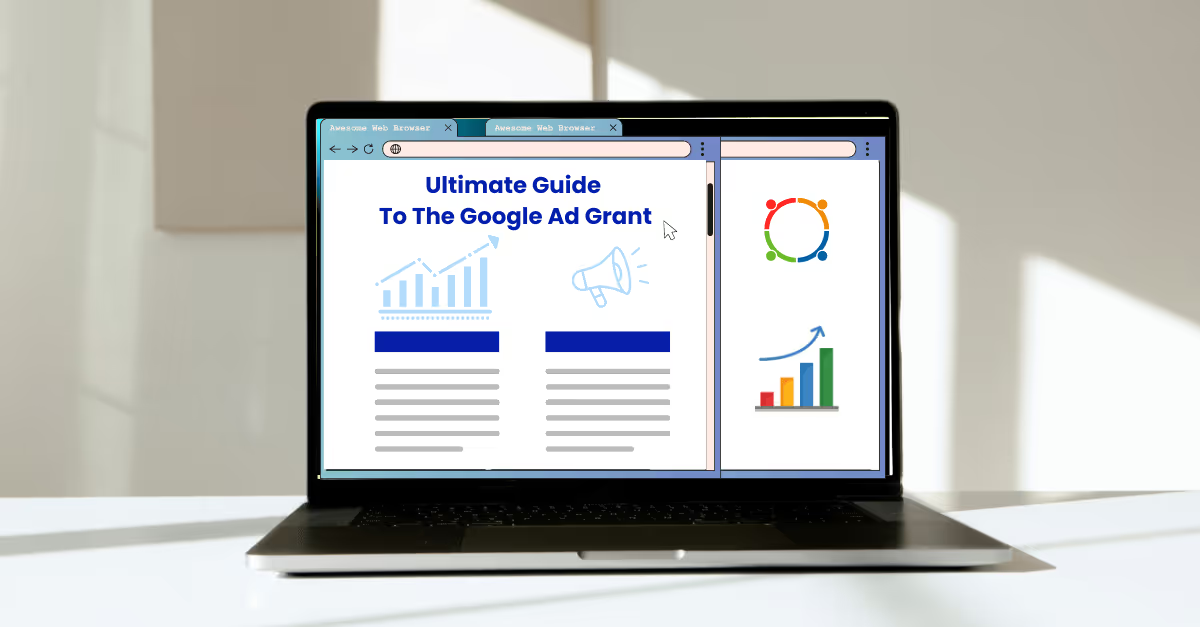




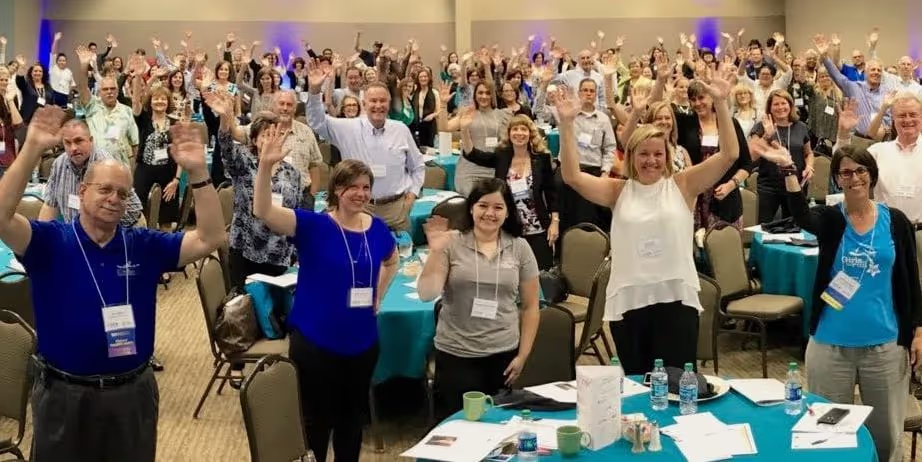

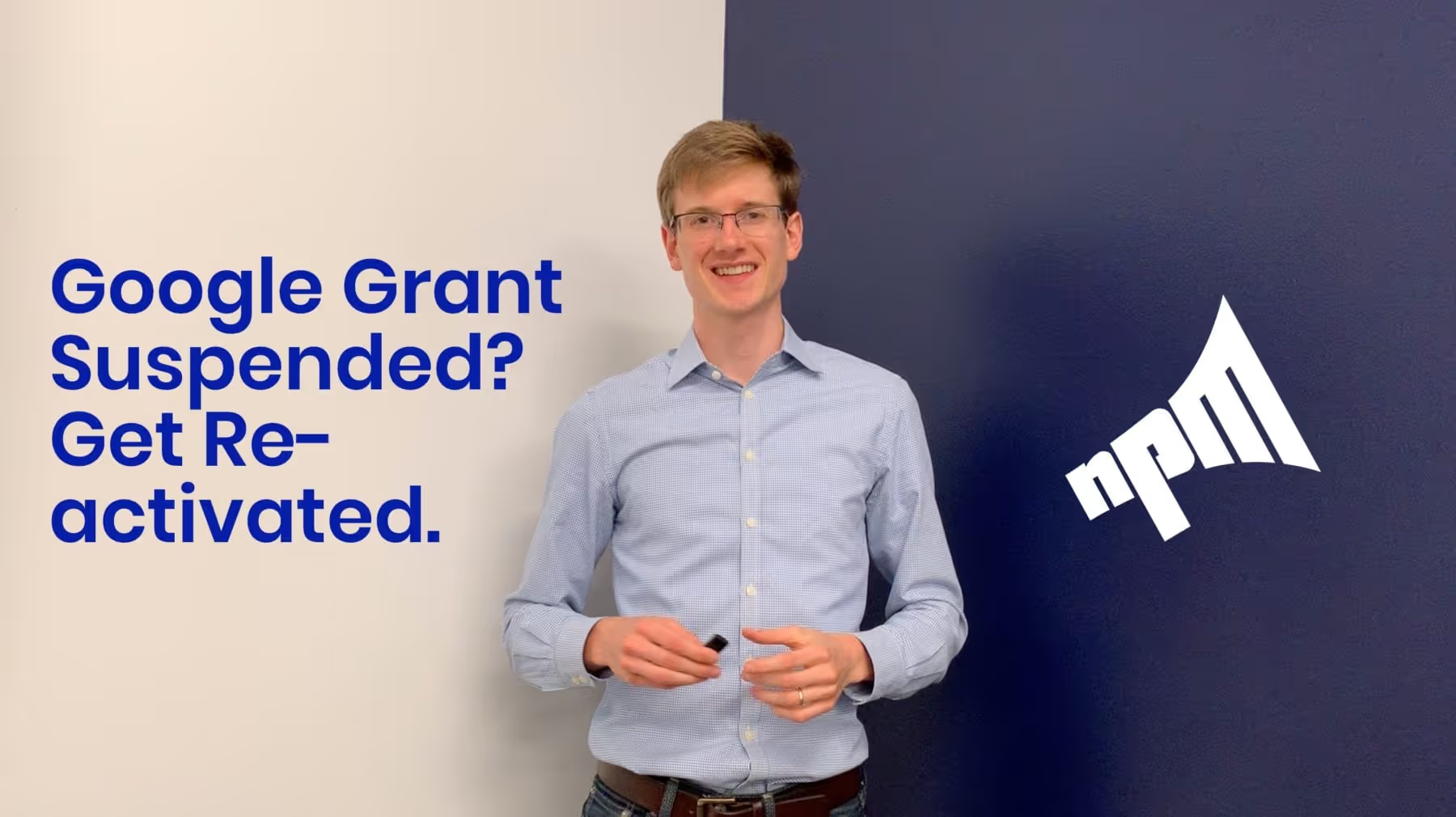




.svg)
.svg)
.svg)
.svg)